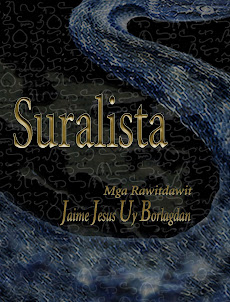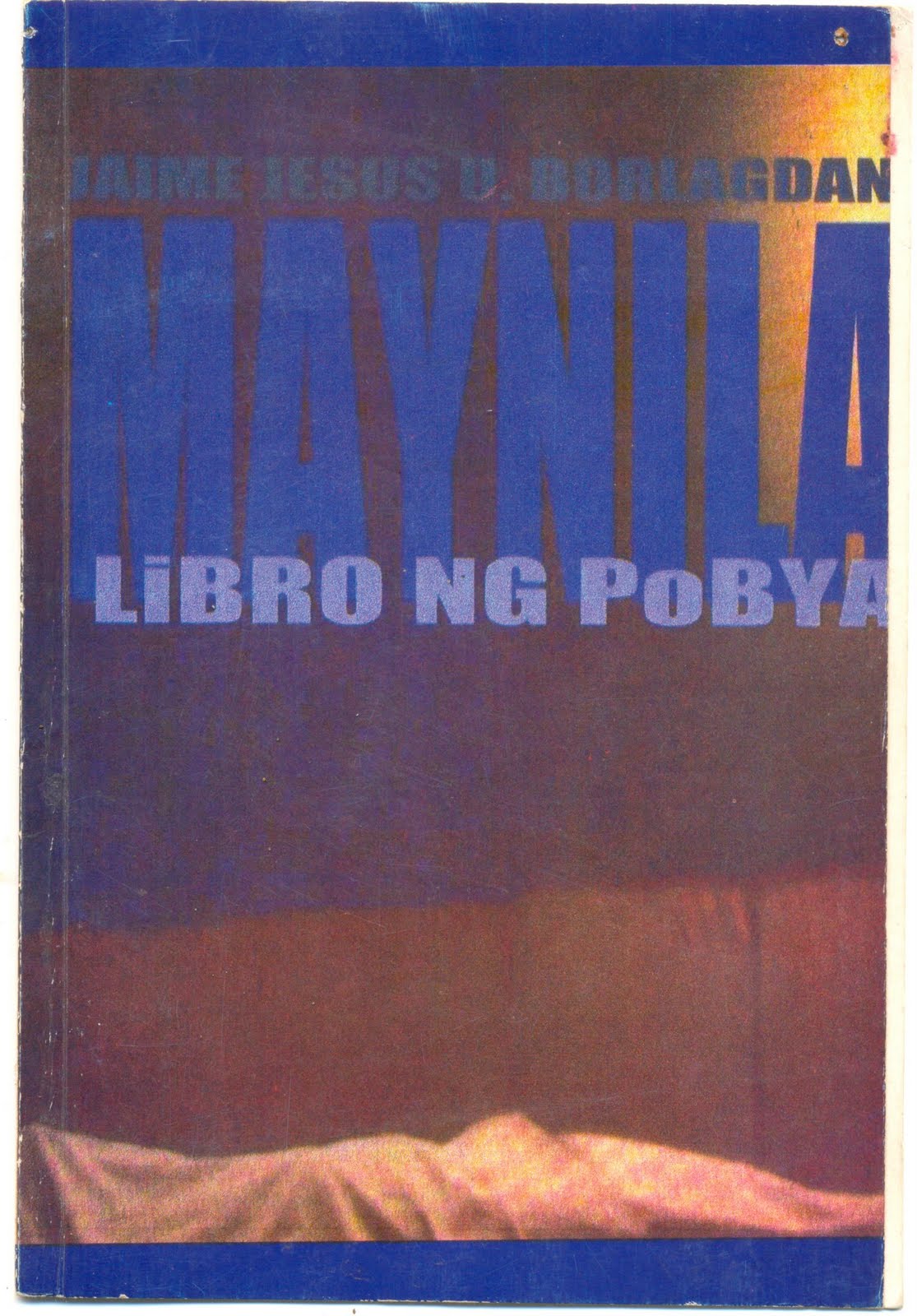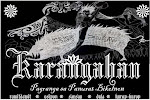Radha, sadit man sana kuta an muya ko para saimo. Makadangog sana ki “Krishna,” iyo na. Krishna, Krishna, Krishna. Dangogon mo sana. Iyo man sana. Ngaya mamuyahan mong sa’wodon, dulong magayon. Makataram kang “Krishna” hali sa boot; mataram mo an Ngaran na ini na igwang dawa diit na pagsarig, dawa saro sana, dai na akong mumuyahon pa. Dulo kun mabilog mo an Hare Krishna Hare Krishna Krishna Krishna Hare Hare/ Hare Rama Hare Rama Rama Rama Hare Hare, nata dai? Pagmati ko kaan, an buhay kong ini, haman na. Kun hihilingon, sadiyuton man sana kuta an na hagadon. Dai pa ngani maubos ki saro o duwang minuto. Kun susukulon, halawigon pa ngani an sarong dai sa boot na istorya kan nangyari saimo ngonian na aldaw o sarong nahiling na pelikula. Bako man an dakula kun babaluon.
Pero sa totoo, dakula, dulo na sakuya. Sa katunayan, dakula, mala mati kong sugpon an satong kulog. Mala naririraw taka taros sa mamundo mong tu’lang buda laman, kaya dakula. Buda dulo sa gabos, mala padaba taka, kaya dakula. An kina’ban na ini sarong nakangangang ngimot, buda an aldaw ta nauubos pababa sa hararom na halunan na an bituka diklom kan warang pagkaisi na warang nakakaisi. Sa hapin kan ha’dit minatindog kita ki ogmang gibo sa alopoop, sa mga harigeng ini ki aso buda tu’nog isandig ta an bilog tang gabat. Nagrarasay ka na pababa pero huna mo naglalataw ka sa dampog. Ay, aki ko, tugang, amigo, pag-iriba sa ridang ini kan apat na kasakitan—pagkamundag, helang, paggurang buda kagadanan—wara nang ibang paagi, wara nang ibang paagi, wara nang ibang paagi kundi an mag-awit, mag-awit, mag-awit kan mga Ngaran kan Kagurangnan. Ini man sana an muya ko para saimo. Ugaring, sa ibong kaan, dai ko man giraray pighahali an paglaom na mahiling taka sarong aldaw, sa tiripon o magsaro, nakapiyong, nagsasayaw, nag-uulok, nagluluha sa ogma, mantang sa ngabil mo nagbubulos nang kusa, an dugos kan mga Ngaran kan Diyos. Dai ko pigtutungnan an paghalat; nagtutubod ako saimo, padagos.
4/7/2013
Pawa.







